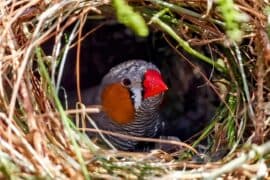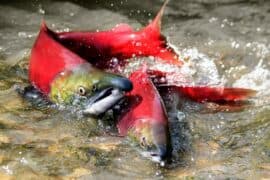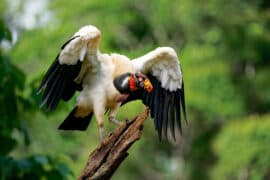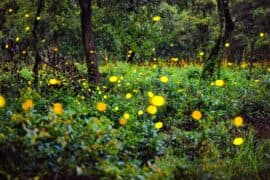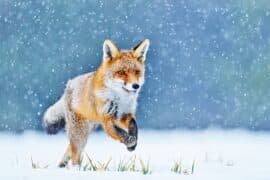Great spotted kiwi
(Apteryx haastii)
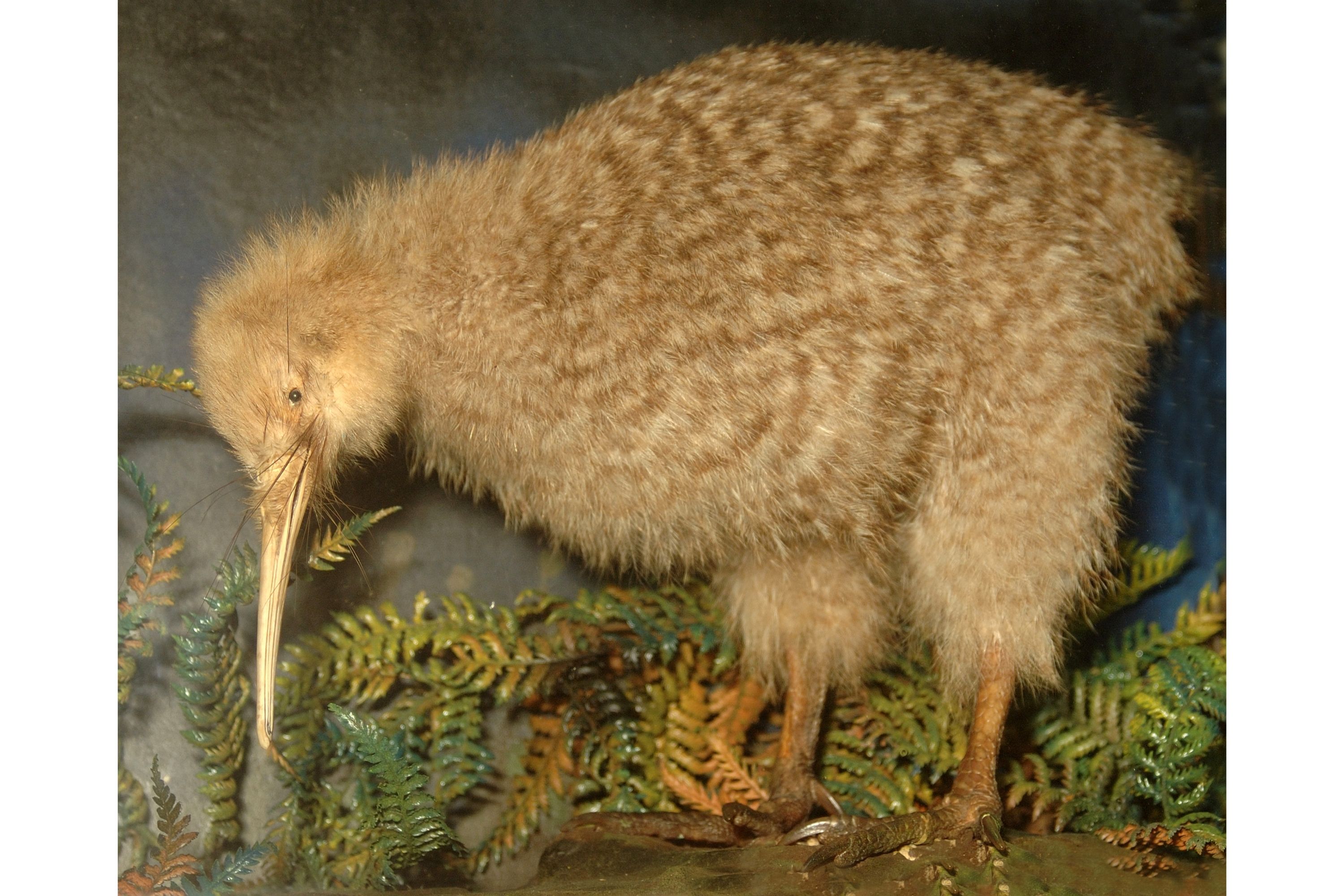
Description
The great spotted kiwi, great grey kiwi or roroa (Apteryx haastii) is a species of kiwi endemic to the South Island of New Zealand. The great spotted kiwi, as a member of the ratites, is flightless. It is the largest of the kiwi. The rugged topography and harsh climate of the high altitude alpine part of its habitat render it inhospitable to a number of introduced mammalian predators, which include dogs, ferrets, cats, and stoats. Because of this, populations of this species have been less seriously affected by the predations of these invasive species compared to other kiwi. Nonetheless, there has been a 43% decline in population in the past 45 years, due to these predators and habitat destruction. This has led it to be classified as vulnerable. There are less than 16,000 great spotted kiwis in total, almost all in the more mountainous parts of northwest Nelson, the northwest coast, and the Southern Alps. A minority live on island reserves. This kiwi is highly aggressive, and pairs will defend their large territories against other kiwi. Great spotted kiwi are nocturnal, and will sleep during the day in burrows. At night, they feed on invertebrates and will also eat plants. Great spotted kiwi breed between June and March. The egg is the largest of all birds in proportion to the size of the bird. Chicks take 75 to 85 days to hatch, and after hatching, they are abandoned by their parents. Great spotted kiwis are the largest of the kiwis; the male is 45 cm (18 in) tall, while the female is 50 cm (20 in) tall. Bill length ranges from 9 to 12 cm (3.5–4.7 in), while weight ranges between 1.2 and 2.6 kg (2.6 and 5.7 lb) for males and 1.5 and 3.3 kg (3.3 and 7.3 lb) for females. The body is pear-shaped, while the head and neck is small with a long slender ivory bill. The great spotted kiwi, along with the other kiwi species, is the only bird with nostrils at the end of its bill. The eyes are small and do not see well, as it relies mostly on its sense of smell. The legs are short, with three toes per foot. It has a plumage composed of soft, hair-like feathers, which have no aftershafts. The plumage can range from charcoal grey to light brown. They have large vibrissae around the gape, and they have no tail, only a small pygostyle. The common name of this bird comes from black spots on its feathers. They use their powerful legs and claws for defence against predators like stoats or ferrets.
Taxonomic tree:

